TECHNICAL
Technical Information
Atomising Systems has produced many technical papers and documents. Contained in this section are many of them. To receive a copy of the relevant paper, send us your contact details and we will send the paper by return e-mail/post.

Quality Control
1
J J Dunkley, Sh M Sheikhaliev, ‘Single Fluid Atomisation of Liquid Metals’ (Advances in Powder Metallurgy & Particulate Materials, Vol 1, 1995, pp 79-87).
Atomisation of metal powders using only pressure in a jet. An idea of Russian co-worker, Professor Sheikhaliev of Novouralsk developed by ASL for large scale production.
2
Sheikhail M Sheikhaliev, John J Dunkley, ‘A Novel Internal Mixing Gas Atomiser for Fine Powder Production’ (Advances in Powder Metallurgy & Particulate Materials, Vol 1 Part 1, 1996, pp 161-170).
Work by Professor Sheikhaliev on a gas atomising nozzle with internal mixing which showed gas consumption was reduced by an order of magnitude compared to a close coupled design.
3
J J Dunkley and S M Sheikhaliev, ‘Novel Atomising Methods for Powder Production of Non-Ferrous Metals’ (Proceedings of International Non-Ferrous Processing and Technology Conference, 1997, pp 31-35).
Two unconventional processes for powder atomisation are reviewed, pressure nozzle atomisation and internal mixing nozzle atomisation.
4
John J Dunkley, ‘Recent Experience of Water Atomisation’ (Advances in Powder Metallurgy & Particulate Materials, 1998, pp 10/70-10/76).
A review of some major projects or concepts by ASL including iron powder production using induction melting of scrap, Silver powder atomised at 500bars for electrical contact production, stainless steel powders for sintering, and smelter mattes, for leaching or flash refining.
5
John J Dunkley, ‘Gas Atomization, A Review of the Current State of the Art’ (Advances in Powder Metallurgy & Particulate Materials, Vol 1, 1999, pp 1-12).
A review of gas atomising nozzle designs including free-fall, close-coupled, internal mixing, Nanoval, hot gas, hyperbaric and high pressure gas atomisation.
6
J T Strauss, J J Dunkley, ‘An Experimental and Empirical Study of Close-Coupled Gas Atomisation’ (Proceedings of Powder Metallurgy World Congress, Part 1, 2000, pp 347-350).
Data and theory are presented on the use of heated gas, the use of different gases, and the effects of gas flowrate and pressure.
7
J J Dunkley, ‘The Role of Energy in Gas Atomisation’ (Advances in Powder Metallurgy & Particulate Materials, Part 2, 2001, pp 29-35).
Data and theory on the effect of gas/metal ratio on particle size, taking account of the effects of the heating of the atomising gas by the melt. The effects of superheat on particle size due to gas heating by the melt are discussed.
8
J J Dunkley, ‘An Analysis of the Gas Atomisation Process’ (Proceedings of the Nice European Congress and Exhibition on Powder Metallurgy, Vol 4, 2001, pp 99-104).
Further discussion of the effects of gas properties and gas/metal ratio, which it is proposed should be reported on a volume/volume basis, not mass/mass.
9
J J Dunkley & B Telford, ‘Control of “Satellite” Particles in Gas Atomisation’ (presented at PM2TEC, June 2002, Orlando)
A new method to control particle shape in gas atomisation is demonstrated with improvements in sphericity as well as flow and density of the powder.
10
John J Dunkley, Dave Norval, Bjorn Ludvigsson, ‘Melt Atomisation – The Bridge from Pyro- to Hydro-Metallurgy’ (TMS 2003)
The use of atomisation on a large scale (e.g. 30t/hour) to process metallic melts for subsequent leaching and refining.
11
J J Dunkley, ‘Atomisation of metals – Craft or Science?’ (K Bauckhage et al (eds), Proceedings of the Second International Conference on Spray Deposition and Melt Atomization, Bremen, 2003, pp 1-3 to 1-11)
An invited presentation dealing with the history of atomisation, metal powder markets, with values and volumes, and a review of each of the major metals, their applications as powders, and their production methods.
12
J J Dunkley and D Norval, ‘Atomisation of Ferroalloys’ (Tenth International Ferro Alloys Congress, South Africa, 2004)
A review of granulation and atomisation techniques used for ferroalloys and their applications, markets and economics.
13
John J Dunkley, ‘Hot Gas Atomisation – Economic and Engineering Aspects’ (Proceedings of PM2005 World PM Congress, Vienna)
Gas atomisation with heated gas can produce finer powder and reduce gas consumption. Some theoretical and practical information is given on current and potential applications.
14
John J Dunkley, Dirk Aderhold, ‘Centrifugal Atomisation for Powder Production’ (PM2005, Vol 2, Prague, pp 9-14)
Centrifugal atomisation is well known, but applications to metal atomisation are not. In fact, it is already used for producing as much as 100,000t/yr metal powders. The fundamentals of centrifugal atomisation of liquids are reviewed. Its major advantages are principally low operating costs and very good yields in narrow size ranges. Areas of current and potential future application are reported and some recent experience of its problems and limitations and how to overcome them.
15
Sheikhali M Sheikhaliev, Zalina I Sheichalieva, John J Dunkley, ‘Centrifugal atomisation of melt. Influence of chamber oxygen on the size and shape of aluminium powder particles.’ Euro PM 2007 Conference Proceedings, Toulouse.
Experiments are reported on atomising aluminium in atmospheres from air to 0.5% oxygen. The effects on shape and size of powder is reported.
Atomising Systems Ltd.,
371 Coleford Road, Sheffield, S9 5NF, England
Tel +44 114 2626200. Fax +44 114 2626201 . info@atomising.co.uk
Company No 2731401
Incorporated in England VAT No GB 600 1033 29




